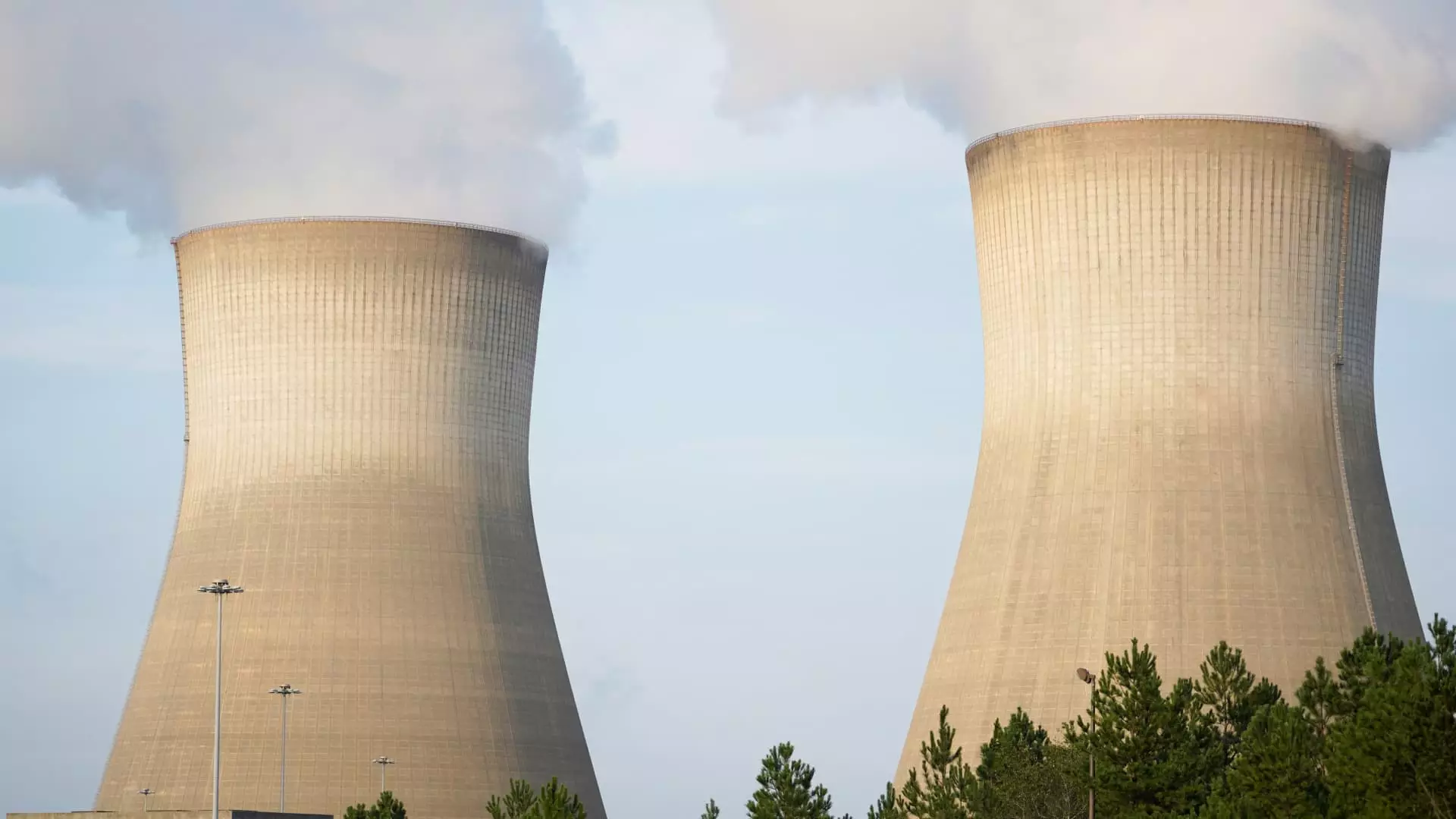With President Donald Trump’s recent executive orders aimed at revitalizing the nuclear sector, it’s fascinating to observe the immediate financial reactions witnessed in nuclear power stocks. Companies like Oklo and NuScale saw stock increases of 27% and 18%, while Constellation Energy and Cameco Corp. also experienced notable gains. However, while this surge in stock prices might appear to be a positive omen for the nuclear industry, we must critically consider the long-term implications of such hasty decisions.
A Backward Glance at Nuclear Power
Historically, nuclear power has fluctuated in public perception, often oscillating between being viewed as a powerhouse of clean energy and a perilous gamble that poses catastrophic risks. The Chernobyl disaster and the Fukushima incident loom large in our collective memory, casting shadows of doubt on the reliability of nuclear energy. Thus, the current administration’s push to streamline regulatory processes raises significant questions about the adequacy of our safety protocols. It seems unwise to prioritize speed over stringent evaluation, especially when public safety is at stake.
Small Reactors: A New Hope or False Promise?
Trump’s focus on small modular reactors (SMRs) is portrayed as progressive. These innovative technologies promise to reduce waste and offer flexibility in energy production. Yet, despite their theoretical advantages, the excitement surrounding SMRs must be tempered with skepticism. The nuclear industry often emphasizes innovation and safety while underestimating costs and potential regulatory bottlenecks that continue plaguing larger reactor deployments. Are we truly prepared to stake our energy future on what inexplicably remains a largely untested technology on a commercial scale?
Regulatory Overhaul: An Erosion of Safety?
One of the most troubling aspects of the recent executive orders is the implicit message that quicker project approvals are more important than rigorous oversight. The order for the Nuclear Regulatory Commission to make licensing decisions within 18 months poses the risk of shortcutting necessary safety evaluations. Turbocharged approvals might align with the administration’s vision for energy independence but at the potential expense of comprehensive safety assessments. This line of thinking could lead us straight back to the days of lax oversight and increased public distrust.
The Economic Implications: Short-Term Gains vs. Long-Term Costs
While short-term stock gains are exhilarating, we must also ponder the broader economic implications of Trump’s nuclear initiative. Increased mining of uranium and the potential expansion of domestic enrichment capabilities result in a complex web of economic incentives and environmental costs. Both business leaders and policymakers must confront the ripple effects of these initiatives, particularly in communities historically shaded by nuclear fallout. Economic growth must not come at the expense of environmental degradation or public health.
In a climate crisis necessitating an urgent shift toward renewable energy, will hastily accelerated nuclear expansion lead to a sustainable energy future or backtrack us into a perilous dependency on outdated technologies? Only time will tell, but it remains imperative that we scrutinize the policy directions being pursued.

